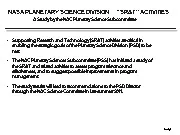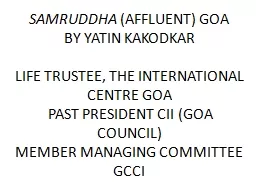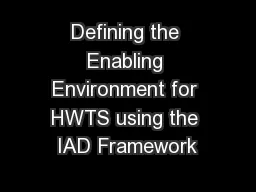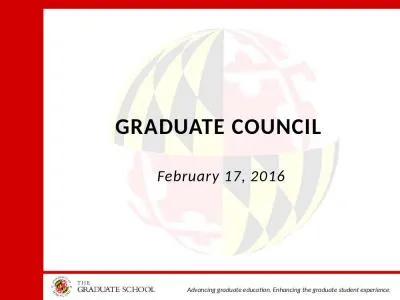PPT-Supporting Research and Technology (SR&T) activities are critical in enabling the
Author : 2coolprecise | Published Date : 2020-06-22
The NAC Planetary Sciences Subcommittee PSS has initiated a study of the SRampT and related activities to assess program relevance and effectiveness and to suggest
Presentation Embed Code
Download Presentation
Download Presentation The PPT/PDF document "Supporting Research and Technology (SR&a..." is the property of its rightful owner. Permission is granted to download and print the materials on this website for personal, non-commercial use only, and to display it on your personal computer provided you do not modify the materials and that you retain all copyright notices contained in the materials. By downloading content from our website, you accept the terms of this agreement.
Supporting Research and Technology (SR&T) activities are critical in enabling the: Transcript
Download Rules Of Document
"Supporting Research and Technology (SR&T) activities are critical in enabling the"The content belongs to its owner. You may download and print it for personal use, without modification, and keep all copyright notices. By downloading, you agree to these terms.
Related Documents














